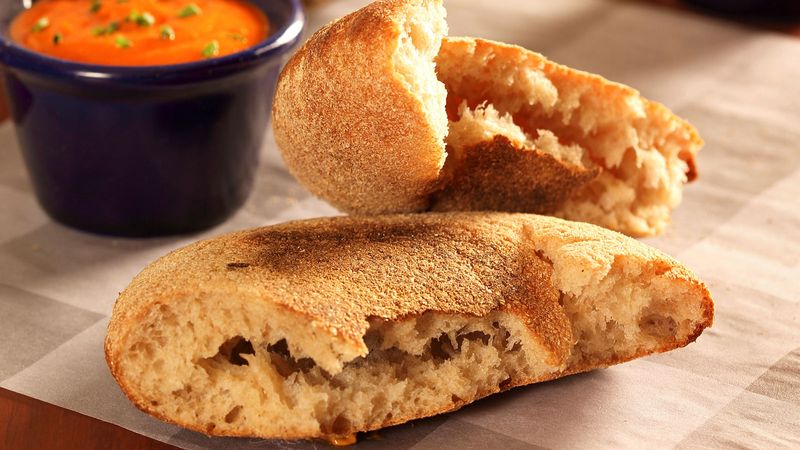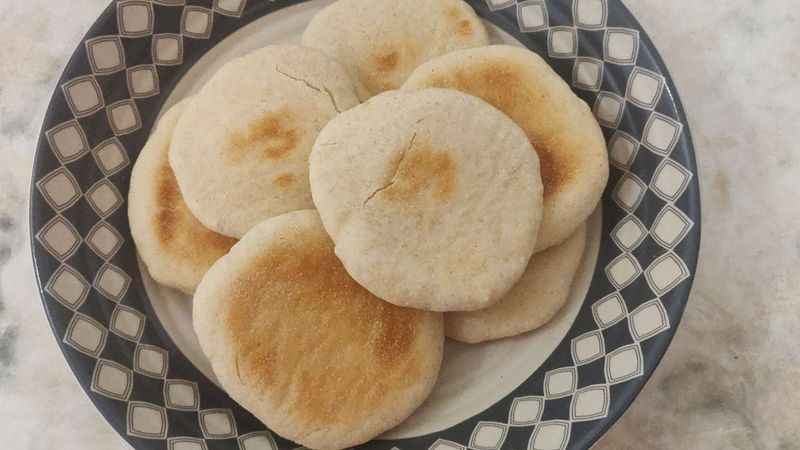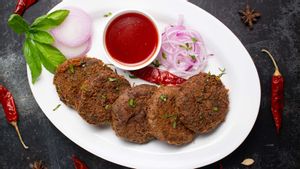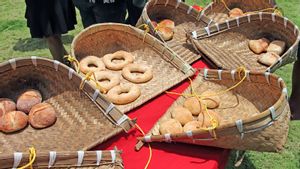My first Goan holiday was like it is with most others of my generation. Packed in a car with the parents and relatives, and with a touristy sight-seeing agenda. We clocked as many as 13 beaches and a dozen churches while there. I was all of eight and could not imagine the existence of another Goa until much later.
And as it is with the mighty Goan holiday plans, most in my early twenties remained cancelled. With every passing day, this seaside haven seemed more and more elusive. What was the Goan charm? What is it about the sunshine state that brought everyone back raving and with a holiday stupor that could last weeks? I had to explore it for myself and after much deliberation, planned my first real Goan holiday in my late twenties. A gang of girls, a bachelorette party, a short weekend, a few mishaps, you get the drift.
While I spent most of this trip in North Goa, with its touristy beaches and crowded shacks, the city’s charm came through in the small eateries and alleyways that I spotted. From warm homemade Bebinca (the sugary-sweet layered Goan dessert) to the piquant and spicy Rechado preparations, all the way to the Sorpotel and the Vindaloo, Goan food was full of robust flavours.
Each meal, at a new family-run restaurant was a surprise unto itself. From Calangute’s well-known Souza Lobo to the many whose names now elude me. Potfuls of rice and plates of sannas (the fluffy steamed accompaniment) were consumed at breakneck speed and followed up with more Bebinca.
Poe: A historical piece of bread

It was roughly around this time that I was first introduced to the ubiquitous Goan bread, poee, or poi, as some prefer to spell it. I remember quite clearly; it was at a breakfast table in a heritage resort in Baga. With our usual order of eggs came a breakfast basket with triangular slices of white bread and a round puffy surprise. Upon enquiring we were told, this was the Goan poee, and a must-try while in town. The bread was crusty, coated in husk, mildly sour and chewy, and full of flavour. It paired well with a side of eggs but we could imagine a place of pride for it in sandwiches. It looks like pita bread but a bite will tell you, it’s far more complex in flavour.
Different from the Mumbai pao, the poee dates back to the 1500s and a Portuguese history of bread sellers. They were called padeiros and the poee derived its name from there. Traditionally, poee were naturally leavened using local toddy, though now they are made using supplementary fresh yeast. The smell and taste of sourdough is unmistakable and also what lends it the uniquely chewy texture.
Poe pairs well with Goan curries or slathered with some butter and toppings. When fresh and warm, they’re likely to be gobbled up as is, without the aid of additional flavours.
Baking poee at home

We’ve spent the last year, locked up in our homes, in view of the pandemic. The Goan shores have appeared only in throwback pictures of the multiple trips and well, in our dreams.
So, when we first encountered a ready-to-mix poee kit from Mumbai’s popular Goan restaurant, O Pedro, we were swathed in memories of sunny holidays and Goan cuisine. We can’t wax eloquent about our baking skills and yet, the allure of the poee ensured we were going to try it out.
The kit, that one can place orders for, comes equipped with nearly everything you will require to bake your own fluffy bread. The crucial ingredient here is the fresh yeast and wheat husk, which isn’t too easy to come by. There is also portioned flour, sugar and salt, neatly packed in plastic containers. The kit is contained in a large foil box topped with a sheaf of instructions.
While the step-by-step recipe will help you use this kit to bake, the FAQs are meant to address consequent baking trials. Which is to say, you could now bake your own poees without a kit, too.
We began, as directed, with a mix of yeast, sugar, and cold water. The flour, wheat husk, and salt were mixed together in a large dish and the yeast mixture poured in little by little. The next step, is the long and mildly trying process of kneading the dough to a sheen. It took us roughly 30 minutes to get to this consistency.
The dough is then set aside, covered with a wet cloth, for an hour, for it to rise to double its size. We waited a couple of hours until the results were satisfactory and got down to the baking process.
You are required to set your oven to 300 degree Celsius and pre-heat, but our modest home oven only reaches a maximum temperature of 250 degree Celsius. We flipped through the FAQs section and sure enough, found an answer to our queries.
We lined a baking dish with butter paper and set it aside while the oven remained on pre-heat. Next, we portioned the dough into small balls, covered each in the wheat husk and rolled them out into thick round disks of roughly 14 cm in diameter. We placed them on the tray and set the timer to 10 minutes (the recipe recommends five to seven minutes, but ours took a little longer to bake).
The first round of poees, as one would expect, was far from perfect. The dough turned out thicker and the result was a flatbread that hardly puffed up.
The taste test

Baking in small batches, we quickly whipped up another lot, rolled thinner this time and placed them on the baking tray. We watched the poees fluff up through the glass door a little while later and couldn’t contain our excitement.
The kit promises 12 poees but the portions were larger than imagined and we ended up making many more, stashed away for our lockdown meals. Our house was filled with the smell of freshly baked bread, with a tinge of sour, that took us right back to Goa. As soon as the second lot was out of the oven, we slathered some butter and bit into a poee. It was chewy, crunchy with the wheat husk and just the right amount of fluffy. We didn’t stop at one.
That the Goan poee, could be recreated at home, with just an evening’s toil, was something we had never imagined. It has since, made several meals holiday-like; paired with a prawn sukka, stuffed with sauteed mushrooms, topped with cheese and more.
We might reorder a kit, the next time we are feeling the blues and want to recreate the memories of a holiday, in the absence of real ones. Or we might just dip into the FAQs and make our poes from scratch next time. While we long for fun and laughter, and the gentle touch of waves on our feet, and pungent fenny, it’s the poee we will return to, for a whiff of Goa.




